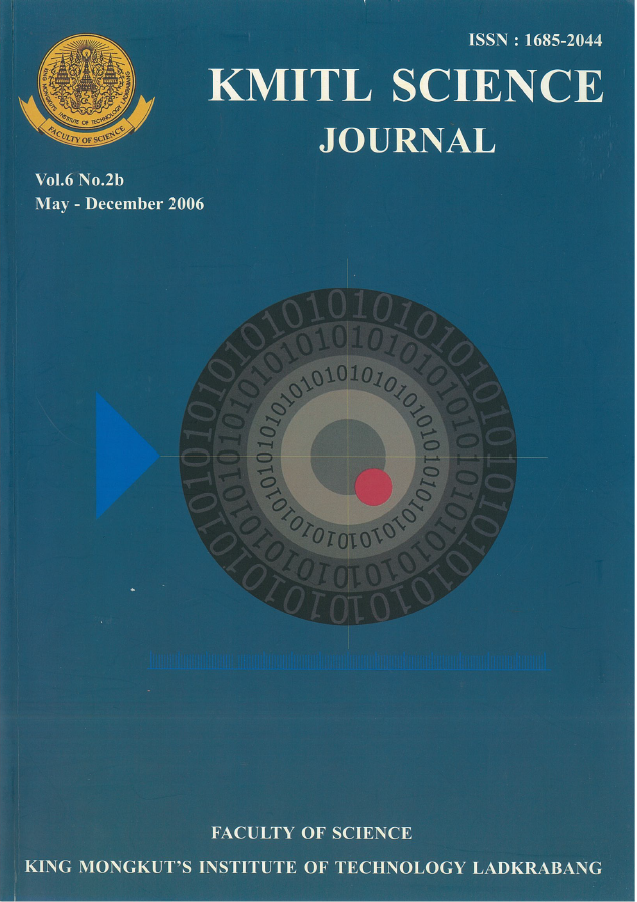The antibacterial activity of various concentrations (0.01 to 15%) of peppermint (Mentha piperita L.) fennel (Foeniculum vulgar), caraway seed (Carum carvi), thyme (Thymus vulgaris) pennyroyal (Mentha pullegium) and tarragon (Artmesia dracunculus) essential oils on the Escherichia coli and Staphylococcus aureus was studied in nutrient broth medium. The MIC values of peppermint, fennel, thyme, pennyroyal and caraway essential oils against Escherichia coli were 0.5, 1, 0.3, 0.7 and 0.6% and in contrast, for Staphylococcus aureus were 0.4, 2, 0.1, 0.5 and 0.5% respectively. The MBC values of peppermint, fennel, thyme, pennyroyal and caraway essential oils for Escherichia coli were 0.7, 2, 0.5, 1 and 0.8 and for Staphylococcus aureus were 0.5, 4, 0.3, 0.7 and 0.6 respectively. The results of the antibacterial assay indicated that the essential oils of thyme (Thymus vulgaris) showed the broadest spectrum of action and peppermint (Mentha piperita), caraway seed (Carum carvi), pennyroyal (Menthae pullegium) and fennel (Foeniculum vulgar) had moderate effect against tested microorganisms, and in contrast, tarragon essential oil were less effective against tested microorganisms. In conclusion, essential oils of edible plants could be a potential source for inhibitory substances for some foodborne pathogens. Natural substances that extracted from plants have applications in controlling pathogens in foods.
Keywords: Essential oil; Antibacterial activity; Escherichia coli; Staphylococcus aureus; MIC, MBC
Corresponding author: E-mail: mohsenzadeh@yahoo.com
Mohsenzadeh*, M. ., Rezaeian-Doloei, R. ., & Aroei, H. . (2018). Antibacterial Effect of Some Iranian Essential Oils Against Escherichia coli and Staphylococcus aureus in Nutrient Broth Medium. CURRENT APPLIED SCIENCE AND TECHNOLOGY, 637-641.

https://cast.kmitl.ac.th/articles/150030